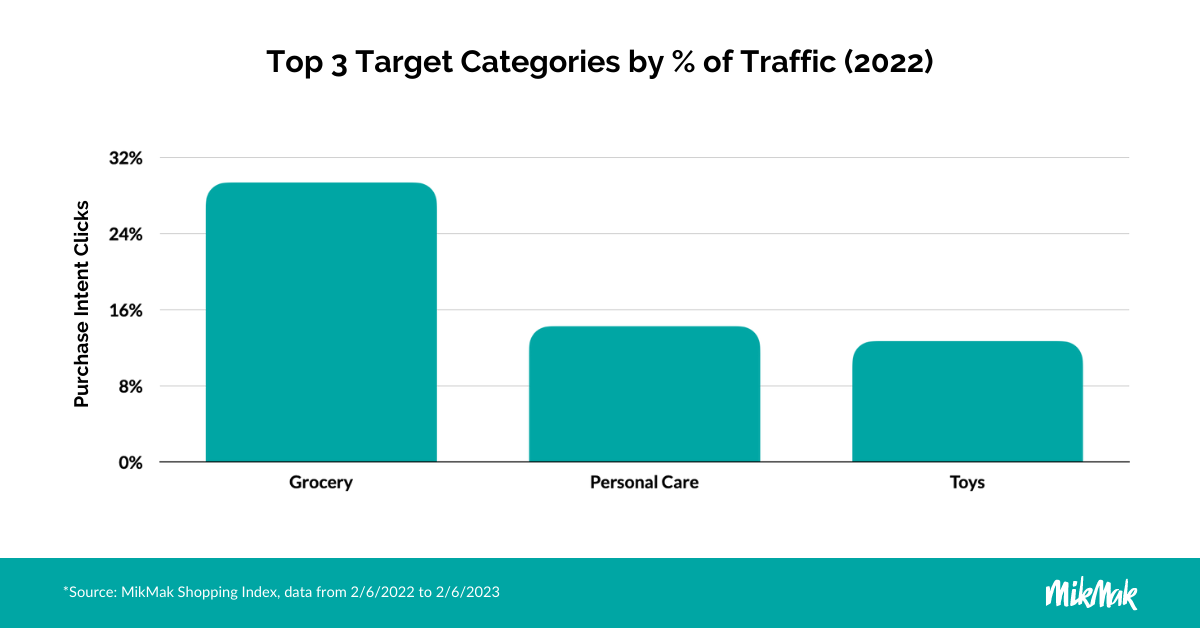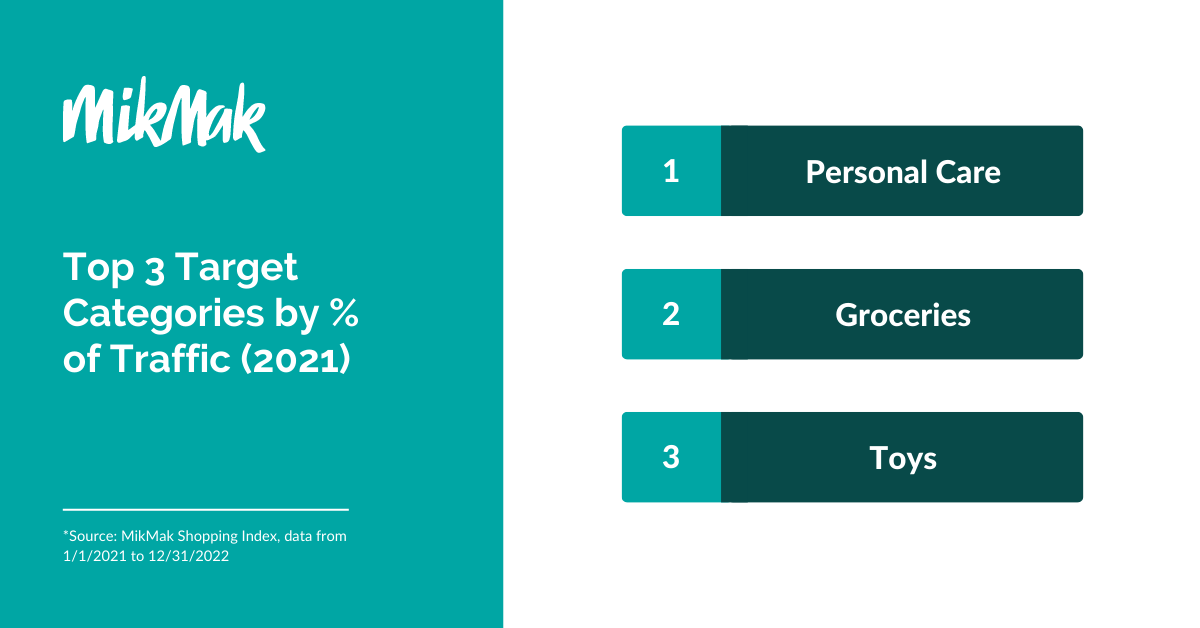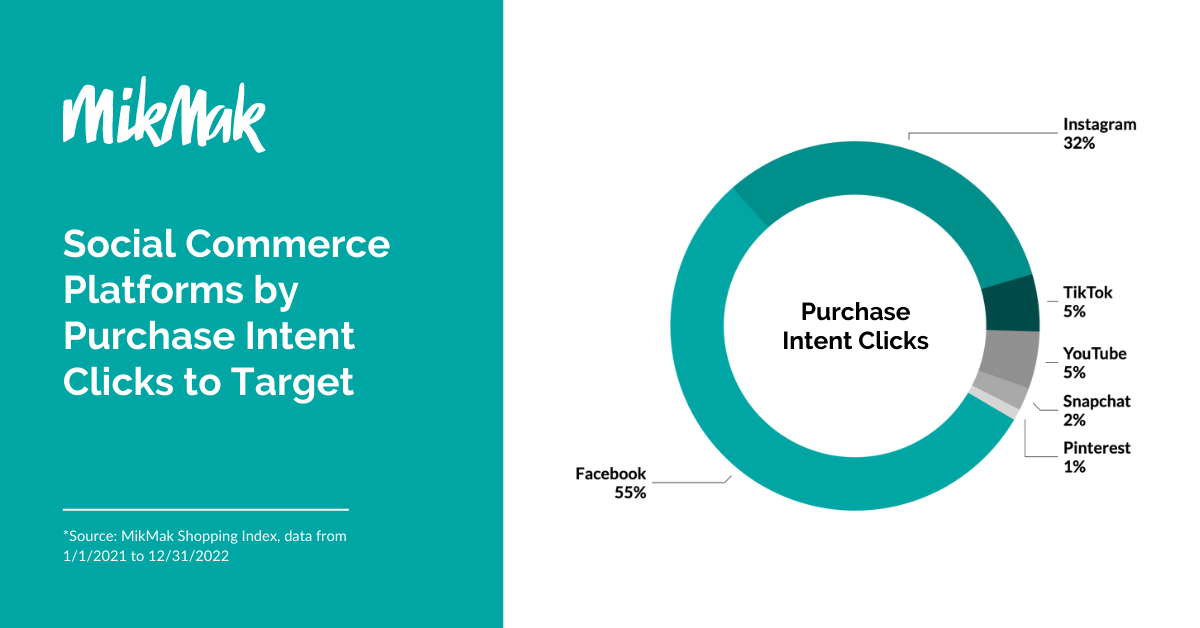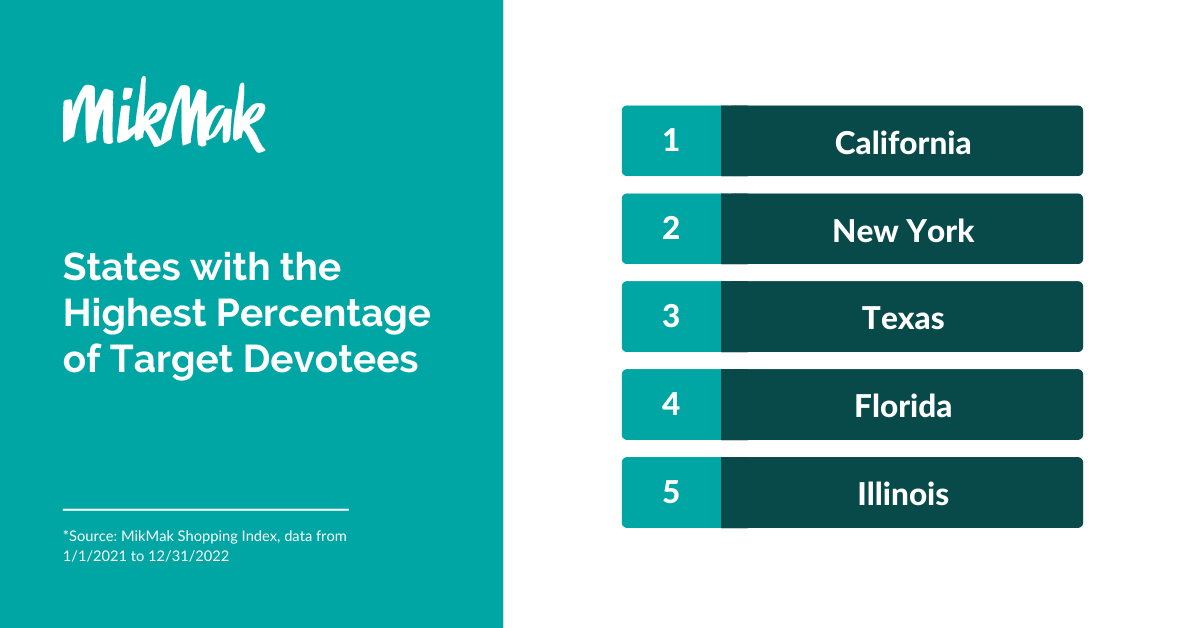.png?width=700&height=366&name=BLOG%20STOCK%20PHOTO%20RESIZING%20DOC%20(7).png)
Target has long been a retail behemoth, and the business’s revenue is climbing. The retailer recently announced its annual revenue increased by $3 billion last year, hitting $109 billion. Brands that use their eCommerce marketing strategy to hone in on this retailer’s shoppers could see sales surge.
However, not every strategy fits the shopping habits of the typical Target consumer. New insights reveal Target customers are shifting their behaviors, and eCommerce brands that lean into these unique shopping habits could reap significant rewards.
MikMak drilled down into Target data to identify what makes Target customers unique and how your brand can increase sales with this growing major retailer.
Now’s the Time to Ride the Retail Giant’s eCommerce Momentum
Target recently announced that it’s investing $100 million to build out its eCommerce services. That comes on the heels of rapid eCommerce sales growth over the last five years. According to Statista, eCommerce sales on Target’s site jumped from $6.6 billion in 2019 to more than $22 billion in 2022. This all means brands have a chance to ride Target’s eCommerce momentum and increase sales by focusing on an effective eCommerce marketing strategy.
Take Advantage of the Upsurge in Groceries and Other Top Categories
Groceries are the leading shopping category for Target eCommerce shoppers on MikMak’s platform. MikMak insights found that 29 percent of consumers visit the retailer through brands’ media. The Grocery category came in a full 15 percent higher than the next-most popular category, Personal Care. Personal Care brought in 14 percent of clicks, and toys secured the third-highest percentage of clicks at 12 percent.

This category data also signals a shift for Target shoppers. According to MikMak’s Target shopper category data in 2021, Personal Care was the previous year’s most popular eCommerce category.


Diversify Your Social eCommerce Marketing Strategy to Connect with More Target Shoppers
Meta’s Facebook and Instagram are the top-performing social commerce platforms for Target shoppers, with those channels driving 55 percent and 32 percent of PICs, respectively. From there, traffic is spread out across several platforms.

YouTube and TikTok each push 5 percent of traffic to Target. Snapchat and Pinterest also capture 2 percent and 1 percent of PIC, respectively.
Brands can take advantage of these trends by building a social commerce marketing strategy that focuses on unique consumer habits, spreads out ads across platforms that fit the brand, and crafts messages to align with the best practices of each platform.
Understand Where Target Shoppers Are Coming From
When you’re designing an eCommerce strategy that draws in customers, the more you can target messages to your audience, the faster you’ll attract them. That’s why identifying the location of Target shoppers is so important. According to MikMak data, the biggest percentage of Target devotees—shoppers who say Target is their retailer of choice—live in a few major metropolitan areas:
- New York City
- Los Angeles
- Chicago
- Phoenix
When you zoom out to state-wide data, California claims the No. 1 spot, followed by New York and Texas.

When building creative ads and creating your brand’s eCommerce marketing strategy, keep location data in mind and design messages to attract individuals from those key areas.

